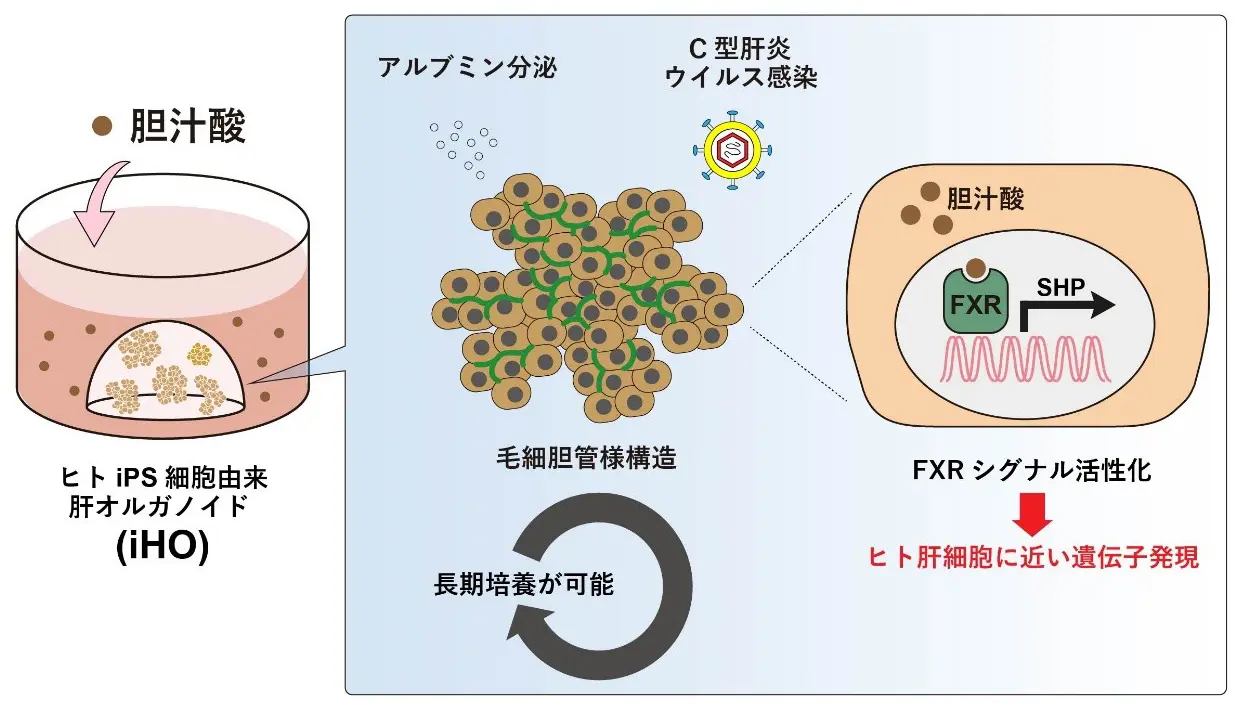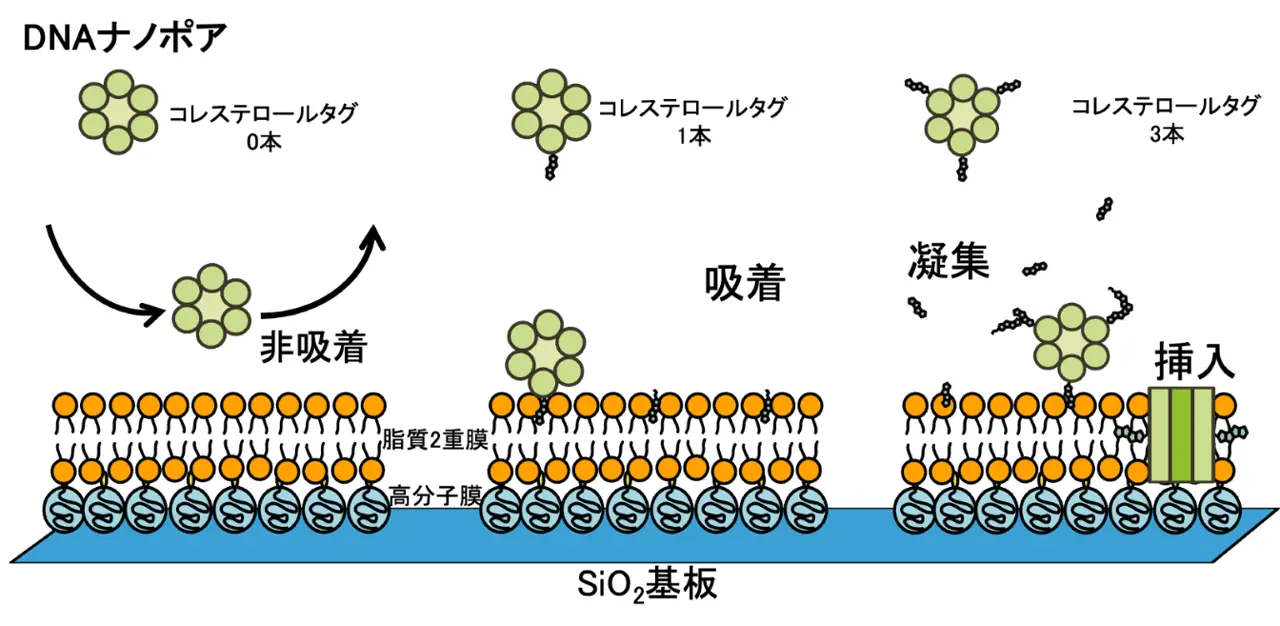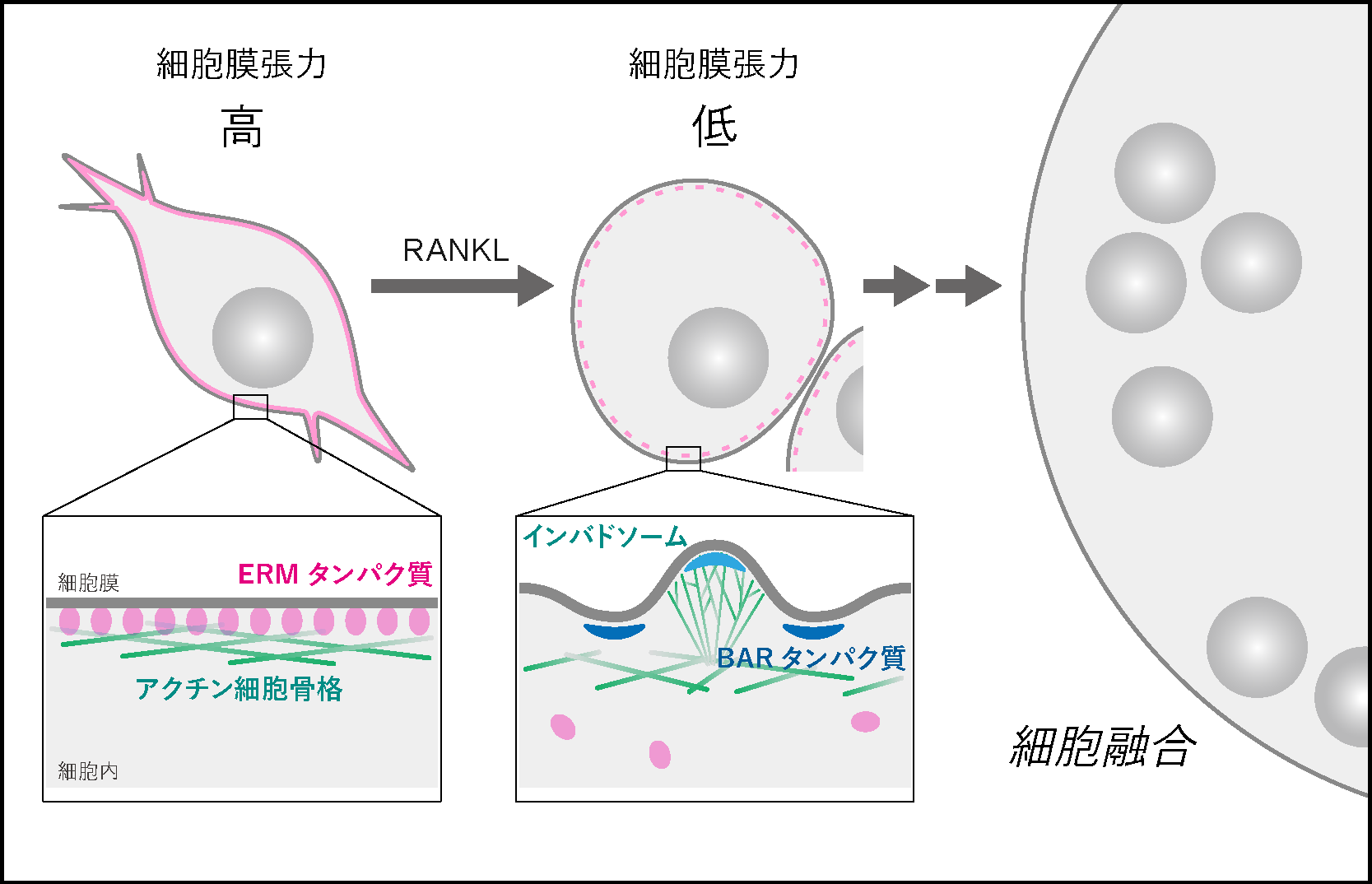2025-05-14 東京科学大学

図1. 胆汁酸―FXRシグナルに着目した新たなiPS細胞由来肝オルガノイド培養系
<関連情報>
- https://www.isct.ac.jp/ja/news/gw10oqslttn5#top
- https://www.isct.ac.jp/plugins/cms/component_download_file.php?type=2&pageId=&contentsId=1&contentsDataId=1531&prevId=&key=f503c9c1dbd419b04b170afb7e802893.pdf
- https://www.cell.com/cell-reports/fulltext/S2211-1247(25)00446-2
胆汁酸-FXRシグナルはヒトiPSC由来オルガノイドにおける肝特性の長期維持を促進する Bile acid-FXR signaling facilitates the long-term maintenance of hepatic characteristics in human iPSC-derived organoids
Taro Shimizu ∙ Masato Miyoshi ∙ Sei Kakinuma ∙ … ∙ Mamoru Watanabe ∙ Yasuhiro Asahina ∙ Ryuichi Okamoto
Cell Reports Published:May 13, 2025
DOI:https://doi.org/10.1016/j.celrep.2025.115675
Highlights
•Development of hepatic organoids derived from human iPSCs (iHOs)
•iHOs comprise hepatocyte-like cells and mimic the gene signature of fetal hepatocytes
•iHOs maintain hepatic characteristics and proliferative potential long term
•Bile acid-FXR signaling promotes the sustained hepatic properties of iHOs
Summary
Human induced pluripotent stem cells (iPSCs) can be differentiated into hepatocyte-like cells (iPS-Heps); however, maintaining the long-term proliferation and hepatic characteristics of iPS-Heps remains a challenge. In this study, we aimed to develop a human iPSC-derived hepatic organoid (iHO) culture system that effectively retains hepatic characteristics long term. Our original culture strategy, using bile acids and their receptor (farnesoid X receptor [FXR]) agonists, yielded human iHOs capable of long-term culture with a distinctive “grape-like” structure. Comprehensive analysis showed that these iHOs maintained hepatocyte-like phenotypes, even after multiple passages, whose gene expression profiles were consistent with those of fetal hepatocytes. In addition, the overexpression of small heterodimer partner (SHP), a downstream gene of FXR, in iHOs negatively regulated genes related to the intestine and cholangiocytes. Our data demonstrated that bile acid-FXR signaling promotes both the hepatic characteristics and proliferative potential of iHOs, offering promising potential for future applications in regenerative medicine and as a disease model.


